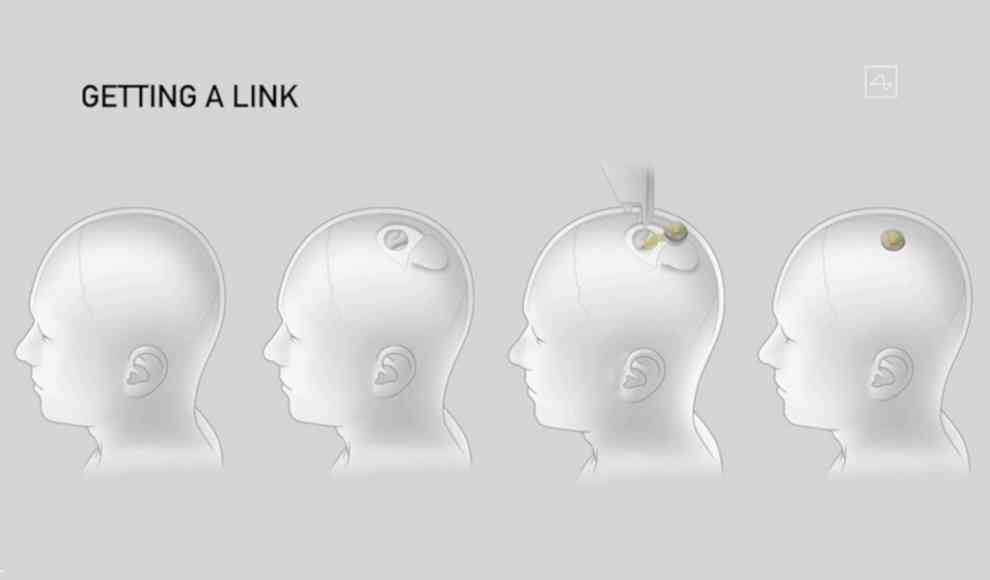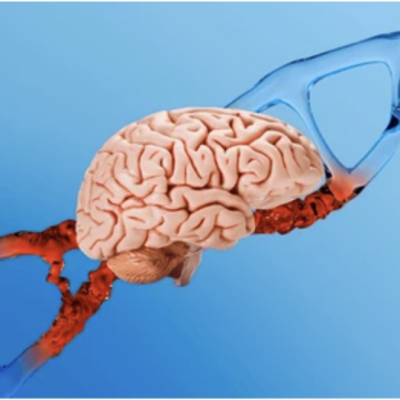Elon Musk’s start-up, Neuralink, has demonstrated a brain-computer interface on a pig, with the aim of using the implant to treat diseases and injuries, such as allowing people with spinal cord injuries to walk again. The implant, which is eight millimeters thick and 23 millimeters in diameter, is designed to be positioned directly in the human skull. Musk sees the main applications of the technology in medicine, such as treating pain, blindness, deafness, brain damage, and insomnia. The implant also has various sensors that can monitor health and warn of potential heart attacks or strokes. The data collected is transmitted via Bluetooth to a smartphone app, and the implant’s battery needs to be wirelessly charged once a day.
During the presentation, Musk explained that neurons are like wiring, so an electronic device is needed to solve an electronic problem. He also suggested that the implant could bridge damaged nerve tissue, allowing people with spinal cord injuries to walk again. The implant was demonstrated on a pig, with signals from the pig’s brain displayed on a screen whenever its snout was touched. The signals from a second pig on a treadmill were used to predict which joint would be activated next. Neuralink also showed a robot that performs the implantation procedure, connecting the implant’s fine wires to the human tissue. Musk said that the procedure would leave only a tiny scar beneath the hair.
Musk believes that people will need to link their brains to computers in the future to keep up with artificial intelligence. He envisions the ability to store and recall memories and communicate via thought transfer without words. While no specific timeline or pricing information was given, Musk acknowledged that the implants would initially be expensive but would eventually become more affordable. The technology has the potential to revolutionize medicine and transform the way we interact with technology.










